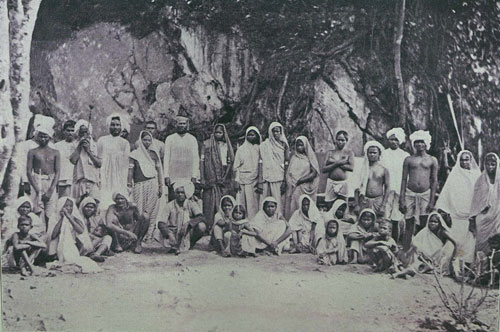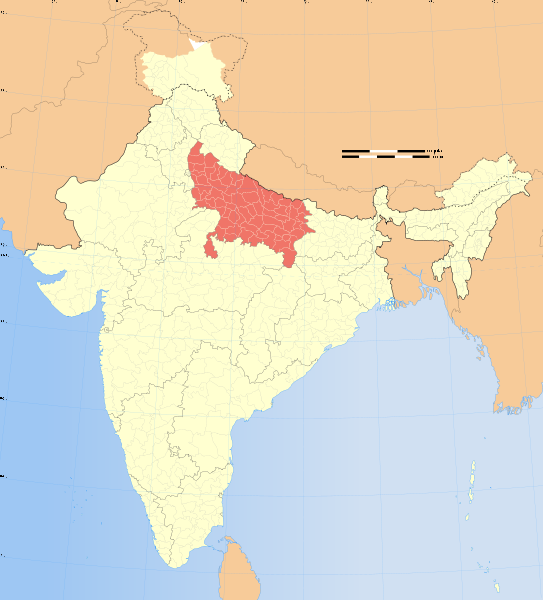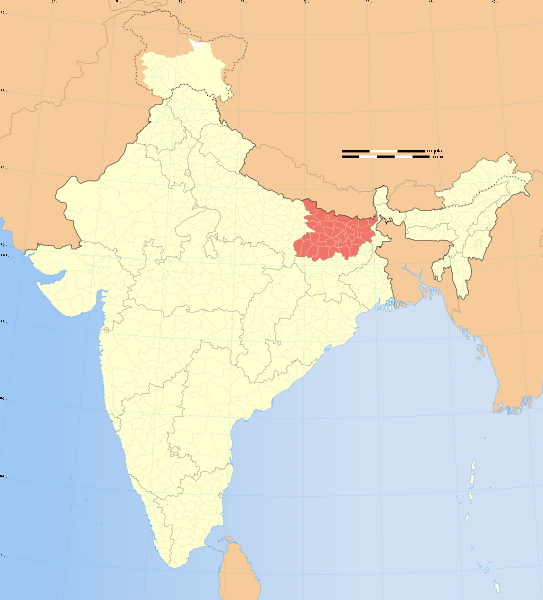Little is known about the history of Trinidad or Tobago before Christopher Columbus landed on their shores in 1498. By the 1300s, the island was largely populated by Arawak and Carib Indian populations, of which little physical trace remains. These populations were largely wiped out under the Spanish encomienda system, which pressured Indians to convert to Christianity and labor as slaves on Spanish Mission lands in exchange for “protection”. By 1700 Trinidad, a sparsely populated jungle-island, belonged to the Viceroyalty of New Spain, which at that time comprised Mexico, Central America, and the southwestern United States. In an effort to populate the island, King Carlos III issued the 1783 Cedula de Poblacion that granted free lands to any foreign settlers and their slaves in exchange for a sworn allegiance to the Spanish crown. As a result, numerous Martinique Creole planters settled in Trinidad. It would be these French planters, and other Europeans attracted by the promise of free land that developed Trinidad’s extremely profitable sugarcane and cacao industries.
Trinidad was part of the Spanish Empire until 1796, when Sir Ralph Abercromby and his 18 warships surrounded the island, forcing the Spanish Governor Don Jose Maria Chacon to surrender the island to British forces. By 1802, the territory was ceded to the British Crown whereby it became an official colonial subsidiary. Trinidad’s sugar industry, which English investors were keen to expand, proved extraordinarily profitable. African slaves, forcibly brought to the island in the 17th century, constituted the majority of the labor force on the island’s sugar and cocoa plantations. With an 1838 Act of Parliament abolishing slavery in all British territories, Trinidad’s agricultural economy teetered on the verge of collapse; newly-freed Africans refused to work any further on the plantations and left the fields en masse (Niehoff & Niehoff 1960:14).
To prevent complete disintegration of the sugar and chocolate industries, experiments with new sources of labor began. Chinese, Portuguese, African- Americans, and, most notably, Indians were shipped to Trinidad as indentured laborers to revive the island’s anemic economy. These new populations were to irrevocably alter the cultural phylogeny of the island. Indians proved the most resilient and ready workers; one early report describes Indians as “valuable steady laborers” (Gamble 1866:33, cited by Niehoff & Niehoff 1960:14). They were consequently recruited in greater numbers than those from any other country, and by 1891, the island’s Indian population was already above 45,800 (East Indian Immigration& Indentureship Records [Trinidad]). From 1845 to 1917 there was continuous migration to Trinidad until the Indian Legislative Assembly abolished the system of indentureship.
With the onset of World War II, Trinidad’s accommodation of the United States’ military bases at Chaguaramas and Cumuto increased its role in global affairs. Whereas it had previously only been known as a supplier of sugar and cocoa to world markets, it became part of a broader scheme to expand the American Empire. For an island so small, the establishment of an American presence in the British colony profoundly altered the nature and composition of Trinidadian society, lending an “American flavor” to the Creole nation. In Caliban and the Yankees (2007), Harvey Neptune argues the United States’ presence in Trinidad offered cultural and political alternatives to the British colonial system. The years following World War II were defined by decolonization. Trinidad and Tobago received full independence from the United Kingdom on August 31, 1962.
Since independence, Trinidad and Tobago have been forced to contend with many of the same issues faced by other post-colonial nations: corruption, unemployment, fractured politics, and lingering problems of economic underdevelopment. However, unlike many nations, the island republic has proven remarkably resilient. Trinidad remains stable due to its petroleum exports and stands as the Caribbean’s most robust economy. Both during the 1970s (’73-’74) and currently, Trinidad is witnessing an economic boom due to the expansion of its oil and gas industries. However, since independence, Trinidad has witnessed much political infighting and deadlocks. In 2011, the prime minister Kamala Pressad-Bissessar declared a State-of-Emergency due to the high levels of crime rampant in the country and the role the islands play in the global drug trade, leading many pundits to speculate upon the current and future stability of Trinidad.
History of Indian Diaspora
“The Sun Never Sets on the Indian Diaspora” Shundall Prasad Once More Removed

The modern Indian Diaspora began in the 19th century with the importation of indentured workers from India as a cheap and steady labor force in various imperial colonies. Indian indentured immigration began with Mauritius in 1834, and by 1845 the first ship arrived in Trinidad’s Port-of-Spain, carrying 217 Indian laborers, initiating the massive migration of South Asians across the globe (Leonce 2007, Lal 1998). Over 1.5 million Indians arrived on foreign soil as bonded laborers during the 87-year colonial indentureship system (Lal 1998).[2] Many of these immigrants chose to stay upon the termination of their contracts, establishing vibrant communities, continuing traditions while radically altering their own identities as South Asians. Today, the Indian Government estimates over 20 million people of Indian origin constitute the Diaspora. This includes citizens of India living abroad, as well as citizens of Canada, Fiji, Guyana, Jamaica, Malaysia, Mauritius, Trinidad, Singapore, South Africa, United Kingdom, and the United States.
Drawn entirely from the peasantry, the majority of Trinidad’s Indians arrived from India’s Gangetic Heartland (the modern day provinces of Bihar, Uttar Pradesh, and Bengal) via the ports of Calcutta (Kolkata) and Madras (Chennai) (Niehoff & Niehoff 1960:17).


The majority of migrants to Trinidad came from the areas marked in red: the states of Uttar Pradesh (left) and Bihar (right).
(Courtesy of Wikipedia)
Reeling in the wake of devastating famines and faced with oppressive systems of exploitation, rising rents, floundering local handicraft economies, and a generally miserable future, peasants were lured from the countryside, often by unscrupulous recruiting agents, and subsequently shipped off to various crown territories (Vertovec 1992:6-8, Lal 1998). The Caribbean colonies that received the largest number of workers from India were British Guiana (240,000) and Trinidad (144,000), leading Barbadian novelist George Lamming to write, “There can be no history of Trinidad and Guyana that is not also a history of the humanization of those landscapes by Indian labor” (1994).
For many bonded laborers, life on Trinidadian plantations was by no means better than the one left behind in India— “The indentured ‘coolies’ were half slaves, bound over body and soul by a hundred and one regulations” (Joshi 1942:44). After a three-month long sea passage, in which many did not survive,[3] coolies (a derogatory slur applied to South Asians) were yoked into a five-year labor contract, girmityas (a corruption of the word agreement), where their individual freedoms were significantly curtailed. Indians were required to live on estate lands, meet a definite quota of work, and required to work long and taxing hours harvesting sugarcane. Every migrant who resided in the colony for a period of ten years was granted return passage to India, furnished in part by the plantation owner. This practice, while popular in early years with a high percentage of Indians and other Asian groups returning home, greatly diminished with time, due most possibly to the establishment of communities in their new homelands (Vertovec 1992). Later, a law granting crown lands to workers instead of return passage was instituted, a grant many Indians accepted, thusly rooting themselves to their newly-adopted home (Niehoff & Niehoff 1960:19).
Many Indo-Trinidadians remained desperately poor, isolated, and illiterate until the 1960s. Early efforts were conducted to educate and westernize migrant populations, the earliest beginning in 1875 by the Canadian Presbyterian Mission. The Mission converted many to Christianity and set up Hindi language schools in Indian communities. Eventually, Indian communities would adopt Creole English, Western dress and general customs (many forgoing strict vegetarianism and becoming omnivores). By the early 20th century, Indians had become active players in the economies and polities of their local communities. While still symbolically positioned on the societal periphery in the 1960s, Indians created cohesive political organizations which have helped to transform Trinidad’s government and policies
[2] During the length of the indenture system (1845-1917), Indians labored and established communities in the British colonies of Natal (South Africa), Uganda, Jamaica, British Guiana, Trinidad, Grenada, St. Lucia, Fiji, Ceylon (Sri Lanka), Malaya (Malaysia), St. Kitts, and St. Vincents. Other imperial empires also contracted out Indian labor, including Denmark (St. Croix), Holland (Surinam), and France (Mauritius, Reunion, Martinique, Guadeloupe, and French Guiana) (British National Archives)
[3] The Indian Legislative Assembly and British Government placed a moratorium on Indian migration in 1838, after egregious abuses were discovered in Mauritius’ indenture system. The ban was repealed 1842, but would again be imposed on all French colonies in 1888, where instances of chronic abuse persisted (The National Archives, London).

